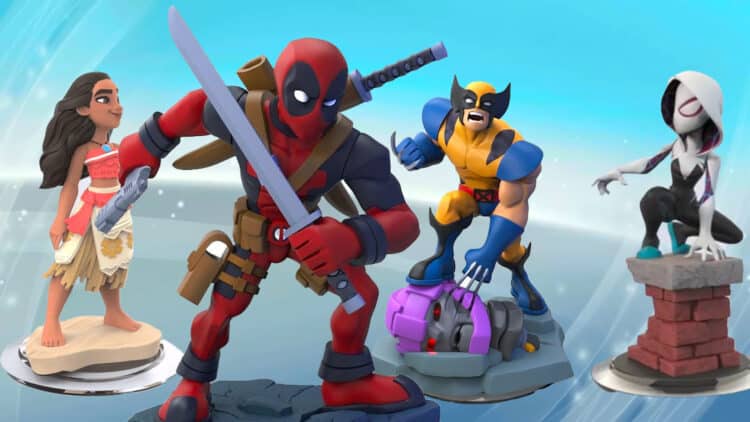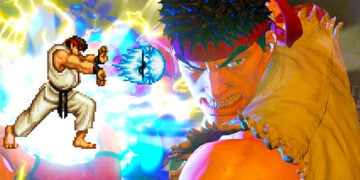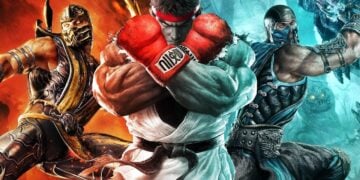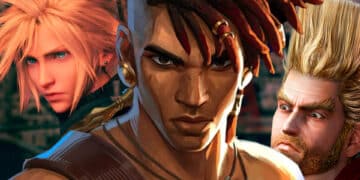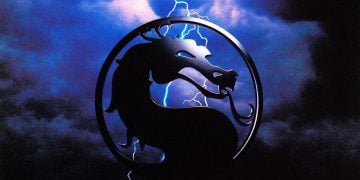Two things are near-universally liked: collecting things and Disney characters. That was the idea behind Disney Infinity, which burst onto the scene in 2013, allowing fans to mix both passions into one – and giving the House of Mouse yet another money-printing machine. The toys-to-life game lets you place physical character figures from Disney and Pixar worlds onto a special platform, scanning them into the game where you could play as Elsa and Wreck-It Ralph side-by-side. It was every kid’s dream come true – and also every Disney adult, of course.
For a few years, it seemed that the House of Mouse had captured magic in a plastic bottle. Figurines were selling left and right, odd art style notwithstanding, with new batches adding even more characters to the world of Disney Infinity. But by 2016, like Cinderella’s carriage after midnight, Disney Infinity crumbled. Despite the early hype and hot sales, the steam ran out quickly. With increasing competition from rivals like Activision’s Skylanders and LEGO Dimensions, Disney surprisingly pulled the plug, leaving fans’ toy collections gathering dust on the shelves.
RELATED: Is Disney Infinity Coming To The PS5 & Xbox Series X?
Now, in 2024, the toys-to-life fad isn’t as popular as it was in 2013. Even Nintendo’s mighty Amiibos aren’t as essential as they once were. In this landscape, could a Disney Infinity reboot even be a thing? Well, as long as Disney stands as a brand, there will always be a place for collectable merchandising – and that’s precisely why Infinity now has a clear path to success.
Changing Times
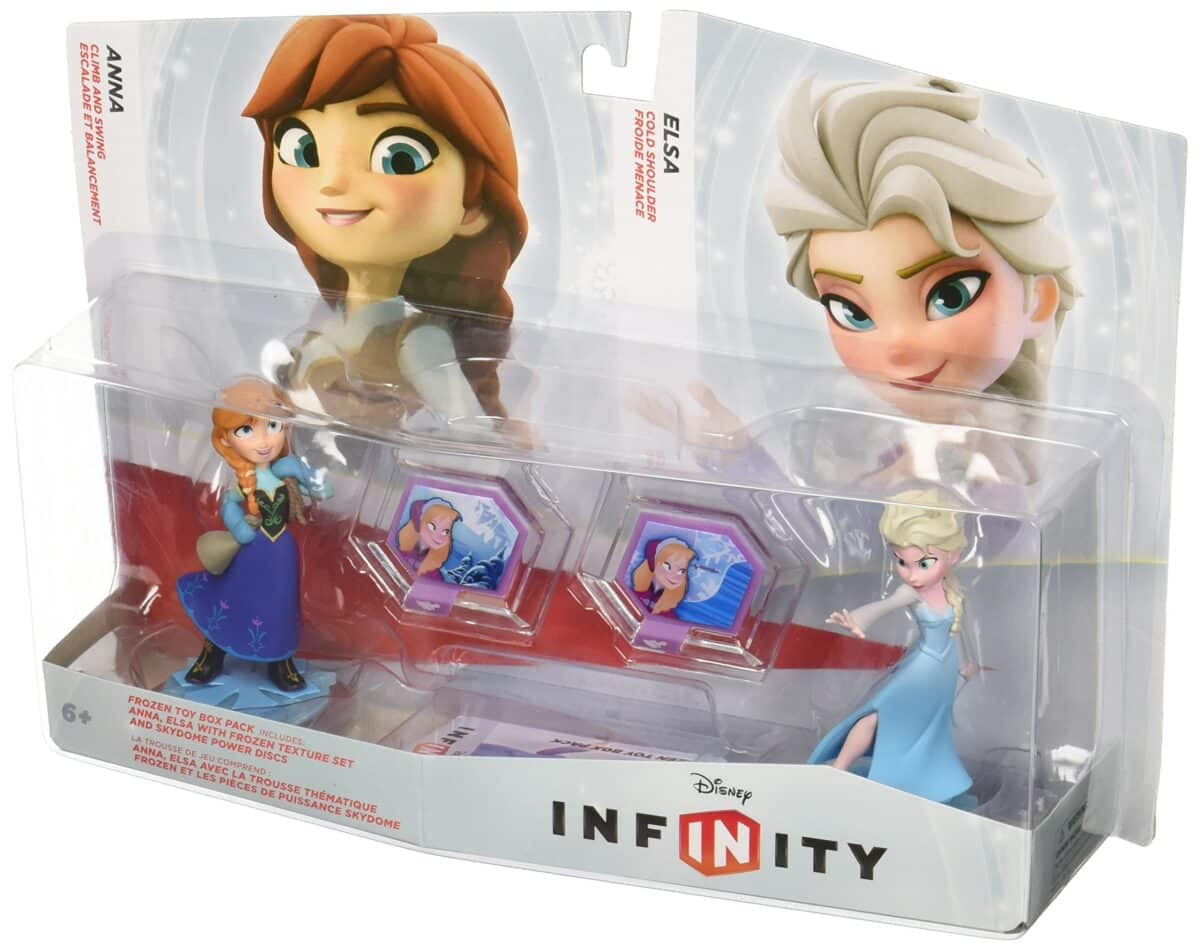
While the heyday of toys-to-life may have passed, collecting is as feverish as ever in 2024 – even if the shelves are now virtual as much as physical. Just look at the Funko Pop explosion. Those big-headed vinyl figures are now a millionaire niche, proving fans still crave real-world icons of fictional faves.
Yet, at the same time, digital collecting has also exploded thanks to NFTs. Though the pandemic crypto bubble popped, the NFT mania of 2020 taught companies that fans are hungry for virtual goods and willing to shell out big bucks for digital exclusivity tied to brands they love. It also taught us that “art” is a very subjective term, but that’s a topic for another time.
For Disney, they’re actually harnessing both worlds – from real-world toys like Toy Story action figures to digital collectibles like Marvel NFT comic books. Physical or digital, it shows collectors want to own coveted pieces of pop culture history.
Could this twin-track collecting renaissance revive Disney Infinity? On the one hand, the physical charm was always central – from meticulously sculpted Jack Sparrow figurines to intricately painted Lightning McQueen. Collecting the physical toys was a huge part of Infinity’s appeal – however, the current market demands the new generation of Inifinity adapts to the times, and those times are mostly digital.
A Wallet-Friendly Future
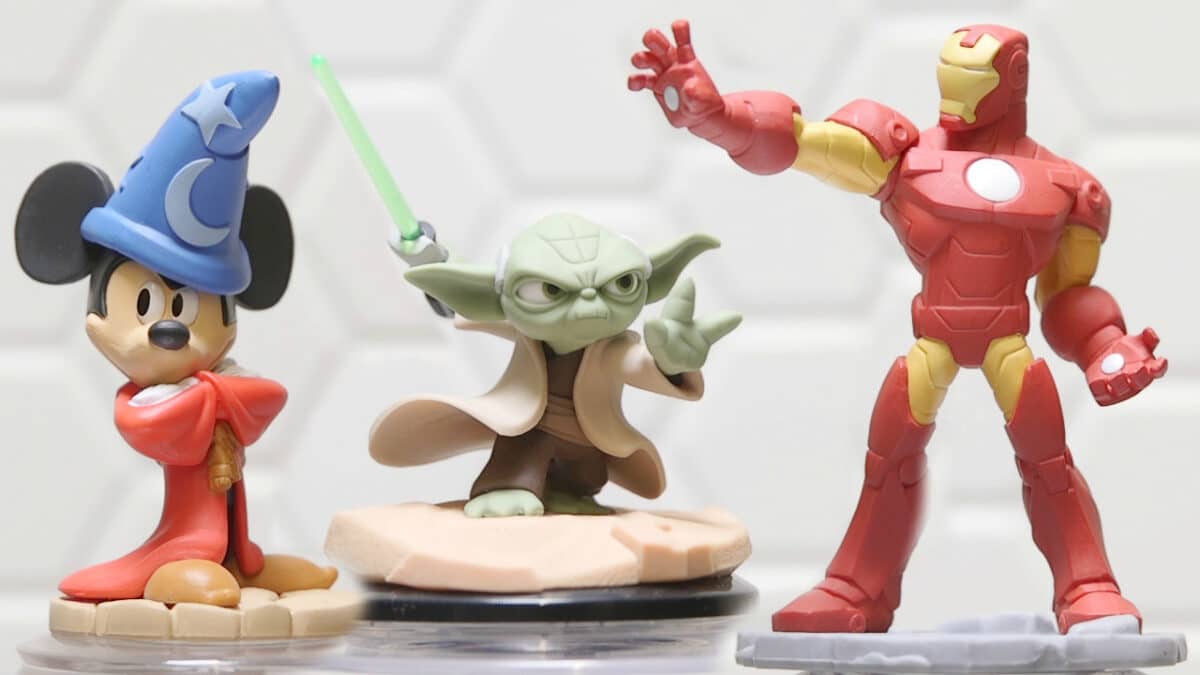
As nostalgic as we may feel about lining up those beautiful Disney Infinity figurines, many fans’ wallets still feel the sting years later. With each meticulously detailed sculpt setting you back around $15 a pop, completing your collection was nearly as expensive as going to Disneyland for the holidays.
If Disney does reboot the Infinity franchise with today’s digital-first models in mind, it’d be smart to reexamine the pricing model. Especially if the focus shifts to virtual rather than physical toys. That’s still a matter of debate among gamers, but it’s safe to say that digital goods should never cost the same as physical ones.
Modern digital collectors have proven they’ll spend serious money on virtual goods – just observe the millions generated by “free-to-play” games like Fortnite and Genshin Impact. In many ways, Fortnite skins are essentially digital action figures to collect. On the same topic, Disney has just announced a billion-dollar collaboration with Fortnite, which could eventually result in the future of Disney Infinity – although what this collaboration will entail remains to be seen.
A Disney Infinity relaunch could adopt similar gacha game elements to Genshin Impact, where $20 gets you a stash of virtual toy capsules with random figurines inside. Not only is this more affordable per individual character, but also more gripping thanks to the dopamine thrill of unboxing surprise super rare drops.
Regulators are rightly scrutinizing video games employing such aggressive monetization techniques with children. Disney would be wise to avoid the most coercive and gambling-esque schemes, lest they become an Overwatch 2.0 in the eyes of legislators.
However, as long as random unlocks are obtained exclusively through earned in-game currency, allowing players to trade duplicates, and disclosed drop rates are fair, the model can work and be ethical. Ideally, skill and achievement unlock characters, too – completing tasks and missions to rescue your favourite heroes rather than solely relying on random chance.
Most importantly, prices should always feel tied to real value – not price-gouging fans. Structure the monetization to reward play, not squeeze wallets mercilessly. Players will gladly pay when they feel respected. Or when the skins are pretty enough, as it happens with Genshin Impact.
RELATED: Disney Removes Beloved Character In Response To Negative Audience Feedback
Enhancing the Disney Empire
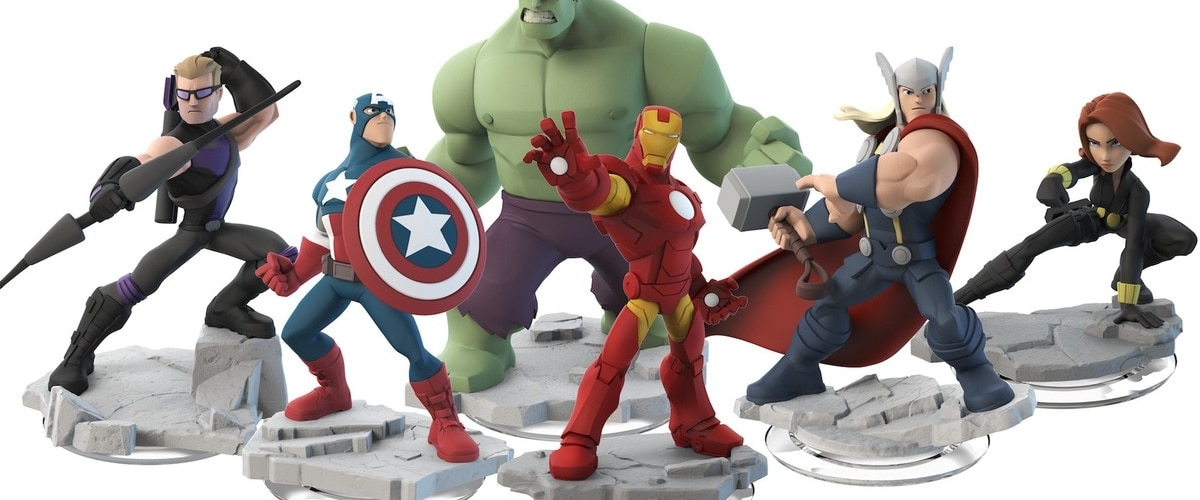
Things have been looking up for Disney in the past seven years since the last formal release of Disney Infinity. Through mega-acquisitions like Marvel, Lucasfilm, and Fox, along with pumping out smash animated hits from Coco to Encanto, the House of Mouse makes Scrooge McDuck’s money bin look empty.
That means a mind-boggling toybox of new characters itching to meet on consoles thanks to Disney – from Deadpool to Baby Yoda, Encanto‘s Maribel to Soul’s jazz-loving Joe. And that irresistible desire to collect our favourites as physical trophies remain stronger than ever.
While Nintendo is dialing down Amiibo production, any Disney Infinity reboot staying focused on real-world figurines finds their biggest competitor vanished. Seize the moment, and fans will seize those toys back faster than snatching up SDCC-exclusive Funko Pops.
Of course, the world has changed since 2016 – not just the bulked-up vaults of IP gold in Disney’s hands but also the technology and ways fans engage with brands digitally. Any Infinity relaunch needs a shrewd reimagining anchored in this new age. With the new consoles being more dependent on digital mediums than ever, this is the perfect time to relaunch and redefine the Disney Infinity experience.
Ultimately, Disney’s treasure trove of loveable new characters and stories since 2016 gives them no shortage of fan favourites to build out a Disney Infinity revival. And with collecting fever still burning bright, now may be the perfect window to unleash the magic once more.
As long as the pricing is right and the game is appealing to non-gamers as well, Disney fans will more than gladly spend their hard-earned money on digital/physical collectibles – as long as they have that beloved Disney Infinity brand on them.
Tell us, do you want a Disney Infinity reboot?
Disney Infinity |
|---|
Disney Infinity is an action-adventure sandbox toys-to-life[1][2] video game series developed by Avalanche Software. The setting of the series was a giant customizable universe of imagination, known as the Toy Box, populated with toy versions of iconic Disney, Pixar, Marvel and Star Wars characters. |
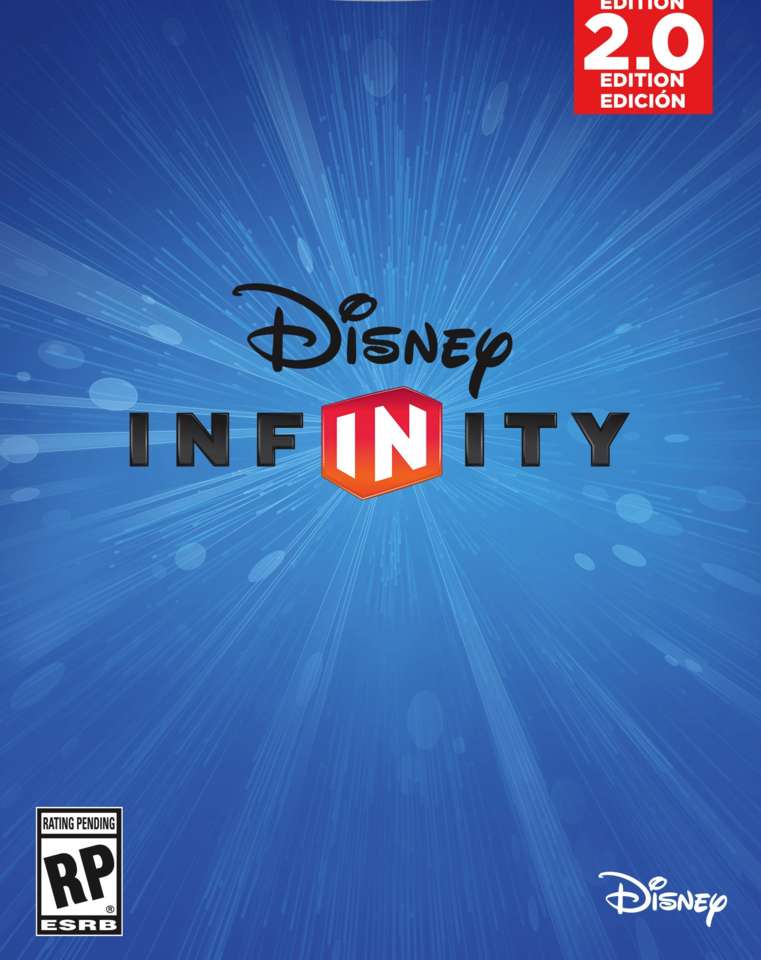 |
|---|
| Release Date: August 18, 2013 |
| Platforms: Xbox 360, Nintendo 3DS, Wii, Wii U, PlayStation 3, PlayStation 4, PlayStation Vita, Microsoft Windows, Xbox One, iOS, Apple TV, Android |
| Developer: Avalanche Software |
| Genre: Action-adventure, Sandbox, Toys-to-life |


